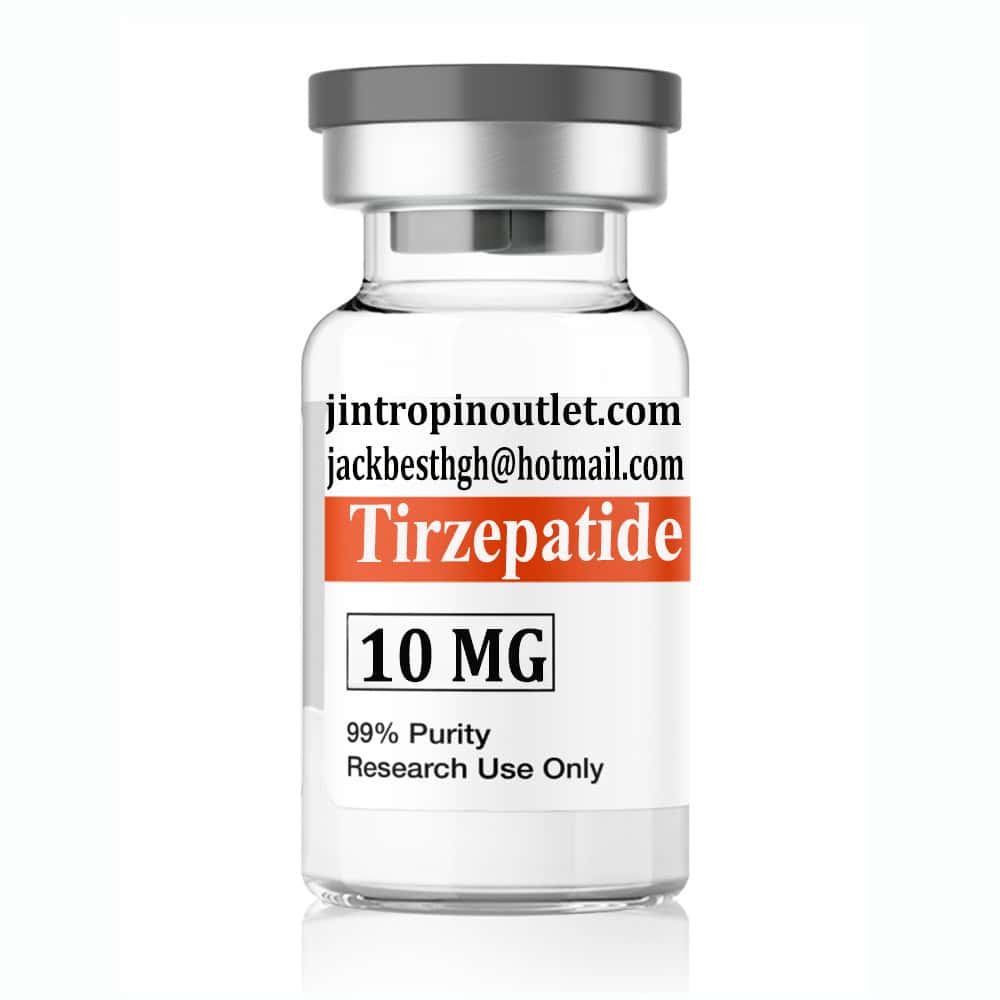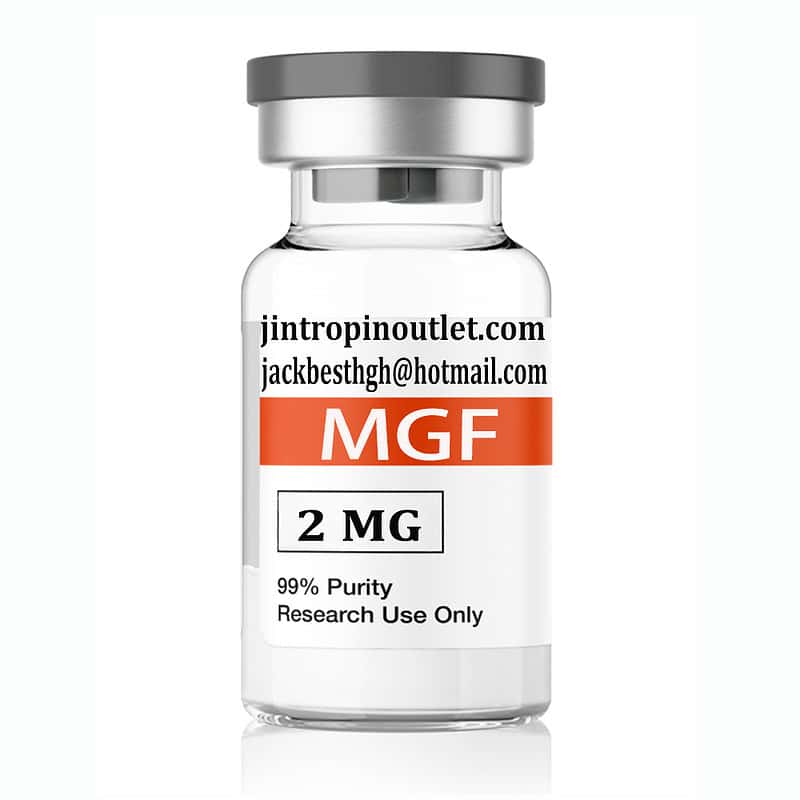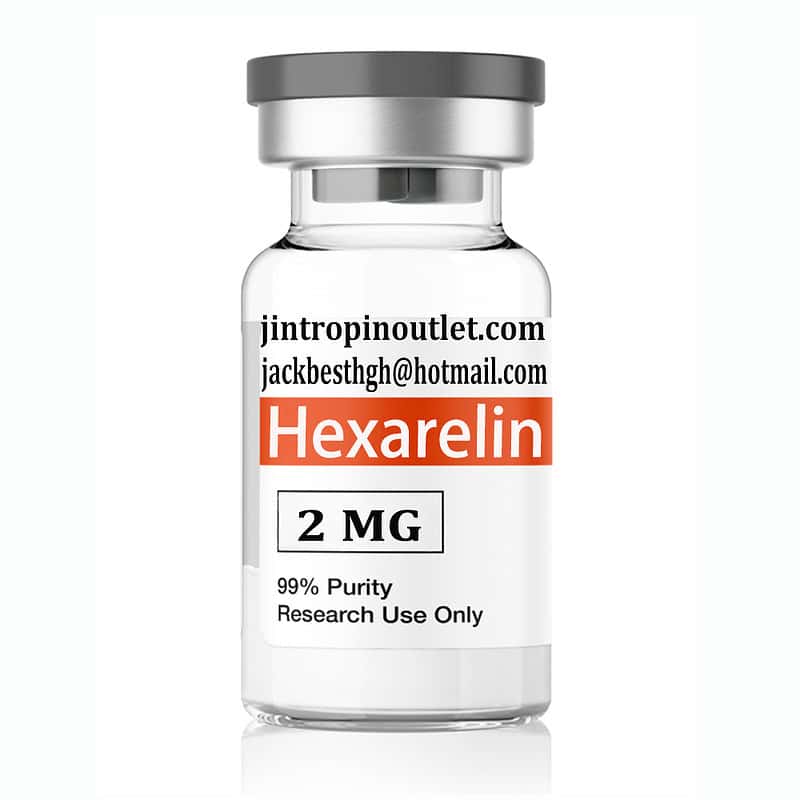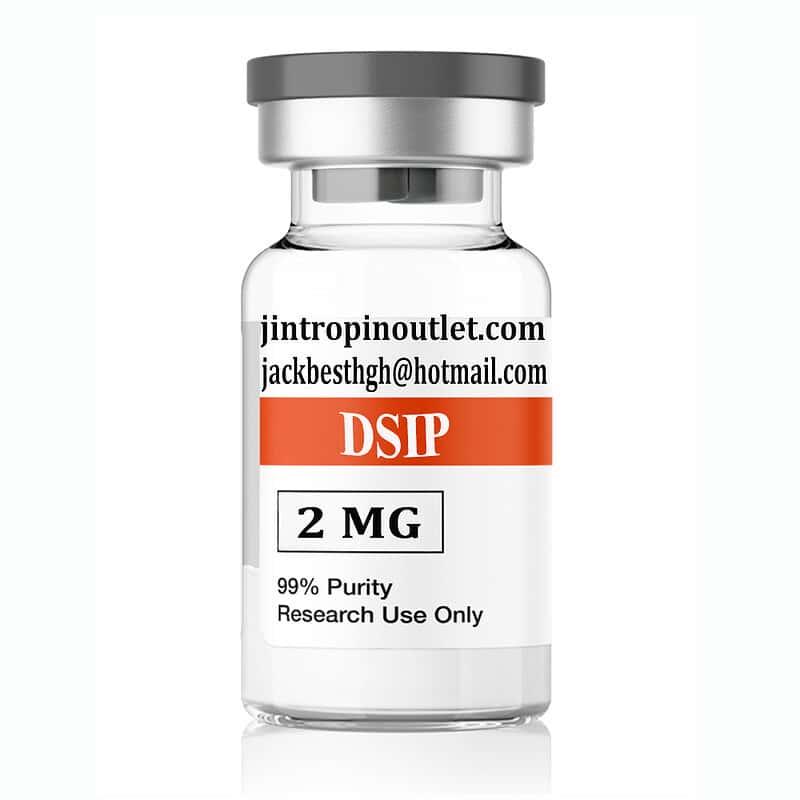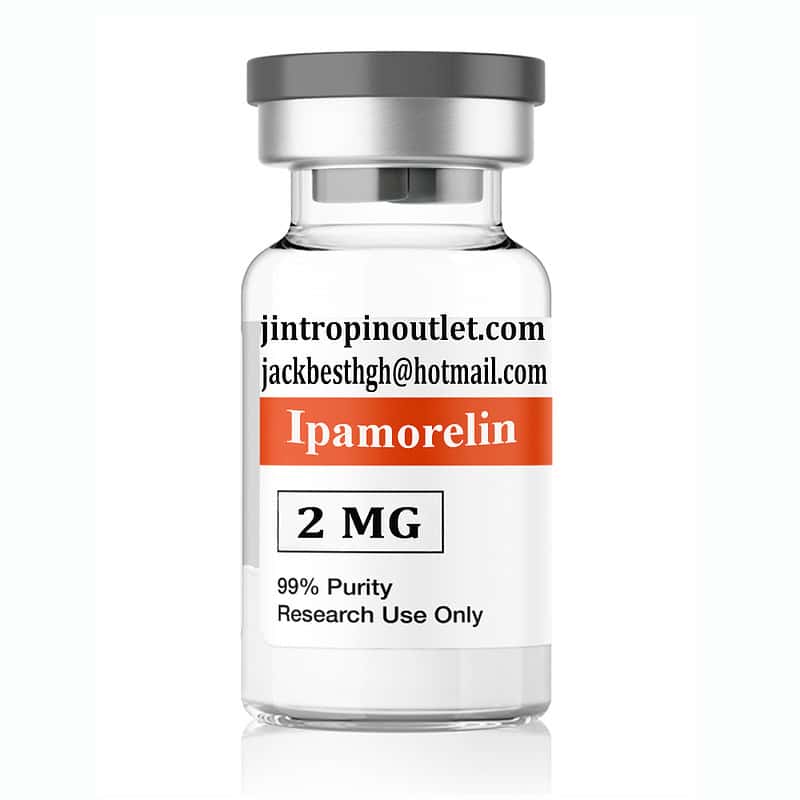Tirzepatide 15mg*10vials- Best effect and Reviews For Weight Loss
Original price was: $450.00.$360.00Current price is: $360.00.
Tirzepatide is a peptide that activates both GLP-1 and GIP receptors. It was developed to fight type 2 diabetes by lowering blood sugar levels, boosting insulin sensitivity, and reducing hunger. In addition to cardiovascular benefits, recent trials have demonstrated impressive results when used for weight loss.
- Country of origin:
- Package :10mg * 10vials *1kits (100mg/box) ,No water included.
- Price: $15 — $30 per mg
- Minimum Order:1 kits or 5 vials
- Formula :C225H348N48O68
- CAS No. : 2023788-19-2
- Appearance:White Lyophilized Powder
- Storage: refrigerator at 2??C to 8??C (36??F to 46??F) and avoid frozen.
- Delivery: 100% delivery 5-15 days
- Payment: W.U,T.T,Paypal,BTC,USDT
100% delivery
- Satisfaction Guaranteed
- No Hassle Refunds
- Secure Payments
Description
What Is Tirzepatide?
Tirzepatide is an analog peptide to the glucose-dependent insulinotropic polypeptide (GIP). It is a novel peptide, Tirzepatide is a synthetic derivative of gastric inhibitory polypeptide (GIP),Gastric inhibitory peptide (GIP) is a hormone produced by the duodenum and small intestine. It acts as an incretin and stimulates the production of insulin. Unlike GIP, which is made of 42 amino acids, Tirzepatide has a modified amino acid chain consisting of 39 amino acids which are additionally lipidated to improve the peptide??s uptake into cells and its stability during metabolism.
Tirzepatide as a peptide hormone ,that has the potential to act as an agonist at both the gastric inhibitory polypeptide (GIP) receptor and the glucagon-like peptide-1 (GLP-1) receptor. The action of Tirzepatide (GIP) peptide is apparently mediated through activation of the GLP-1 and GIP receptors, possibly leading to enhanced insulin secretion, glucose uptake, and satiety signaling.
Because tirzepatide is a synthetic derivative of gastric inhibitory polypeptide (GIP) that has simultaneous glucagon-like peptide-1 (GLP-1) functionality as well. This combination allows Tirzepatide to lower blood glucose levels, increase insulin sensitivity, boost feelings of satiety, and accelerate weight loss. Tirzepatide was developed to fight type 2 diabetes, but has additionally been shown to protect the cardiovascular system recent trials have demonstrated impressive results when used for weight loss.
How Tirzepatide Works ?
Tirzepatide is a GIP receptor and GLP-1 receptor agonist. It is a 39-amino-acid modified peptide with a C20 fatty diacid moiety that enables albumin binding and prolongs the half-life. Made up of 39 amino acids, the relatively large Tirzepatide stimulates the release of insulin from the pancreas by binding to both GIP and GLP-1 (glucagon-like peptide-1) receptors. Tirzepatide selectively binds to and activates both the GIP and GLP-1 receptors, the targets for native GIP and GLP-1. The affinity of Tirzepatide for the GIP receptor is greater than its affinity for the GLP-1 receptor.
Taken over longer periods of time, Tirzepatide increases adiponectin levels by as much as 26% as well. Research shows that Tirzepatide reduces feelings of hunger, lowers insulin levels, and increases insulin sensitivity. Taken together, these effects cause significant weight loss of 11 kg (25 lbs), improve glucose tolerance, decrease fat (adipose) tissue, and reduce cardiovascular risk.
Tirzepatide Effects & Benefits
- Improved glucose control: Tirzepatide has been shown to be effective in early clinical trials in improving blood glucose control in people with type 2 diabetes.
- Weight loss: In clinical trials, people with type 2 diabetes treated with Tirzepatide have reported modest reductions in body weight compared to those treated with placebo.
- Once-daily dosing: Tirzepatide can be taken as a once-daily injection, which is more convenient than multiple injections or doses per day required by some other medications for type 2 diabetes.
- Low risk of side effects: Tirzepatide has been shown to be well-tolerated with a low risk of side effects in clinical trials.
- Delayed or prevented need for insulin injections: Tirzepatide has the potential to delay or prevent the need for insulin injections in people with type 2 diabetes.
- Improved quality of life: By controlling blood glucose levels and reducing the need for multiple injections or doses of medication, Tirzepatide has the potential to improve the quality of life for people with type 2 diabetes.
Tirzepatide Side Effects
Common side effects
The most common side effects of Tirzepatide include nausea, diarrhea, decreased appetite, vomiting, constipation, indigestion, and stomach (abdominal) pain. These are not all the possible side effects of Tirzepatide. Talk to your healthcare provider about any side effect that bothers you or doesn??t go away.
Tirzepatide may cause serious side effects, including:
Inflammation of the pancreas (pancreatitis)
Stop using Tirzepatide and call your healthcare provider right away if you have severe pain in your stomach area (abdomen) that will not go away, with or without vomiting. You may feel the pain from your abdomen to your back.
Low blood sugar (hypoglycemia)
Your risk for getting low blood sugar may be higher if you use Tirzepatide with another medicine that can cause low blood sugar, such as a sulfonylurea or insulin. Signs and symptoms of low blood sugar may include dizziness or light-headedness, sweating, confusion or drowsiness, headache, blurred vision, slurred speech, shakiness, fast heartbeat, anxiety, irritability, or mood changes, hunger, weakness and feeling jittery.
Serious allergic reactions
Stop using Tirzepatide and get medical help right away if you have any symptoms of a serious allergic reaction, including swelling of your face, lips, tongue or throat, problems breathing or swallowing, severe rash or itching, fainting or feeling dizzy, and very rapid heartbeat.
Kidney problems (kidney failure)
In people who have kidney problems, diarrhea, nausea, and vomiting may cause a loss of fluids (dehydration), which may cause kidney problems to get worse. It is important for you to drink fluids to help reduce your chance of dehydration.
Severe stomach problems
Stomach problems, sometimes severe, have been reported in people who use Tirzepatide. Tell your healthcare provider if you have stomach problems that are severe or will not go away.
Changes in vision
Tell your healthcare provider if you have changes in vision during treatment with Tirzepatide.
Gallbladder problems
Gallbladder problems have happened in some people who use Tirzepatide. Tell your healthcare provider right away if you get symptoms of gallbladder problems, which may include pain in your upper stomach (abdomen), fever, yellowing of skin or eyes (jaundice), and clay-colored stools.
Warnings
Tirzepatide may cause tumors in the thyroid, including thyroid cancer. Watch for possible symptoms, such as a lump or swelling in the neck, hoarseness, trouble swallowing, or shortness of breath. If you have any of these symptoms, tell your healthcare provider.
- Do not use Tirzepatide if you or any of your family have ever had a type of thyroid cancer called medullary thyroid carcinoma (MTC).
- Do not use Tirzepatide if you have Multiple Endocrine Neoplasia syndrome type 2 (MEN 2).
- Do not use Tirzepatide if you are allergic to it or any of the ingredients in Tirzepatide.
Tell your healthcare provider if you have any side effects.
Before using Tirzepatide
- Your healthcare provider should show you how to use Tirzepatide before you use it for the first time.
- Talk to your healthcare provider about low blood sugar and how to manage it.
- If you take birth control pills by mouth, talk to your healthcare provider before you use Tirzepatide. Birth control pills may not work as well while using Tirzepatide. Your healthcare provider may recommend another type of birth control for 4 weeks after you start Tirzepatide and for 4 weeks after each increase in your dose of Tirzepatide.
Review these questions with your healthcare provider:
- Do you have other medical conditions, including problems with your pancreas or kidneys, or severe problems with your stomach, such as slowed emptying of your stomach (gastroparesis) or problems digesting food?
- Do you take other diabetes medicines, such as insulin or sulfonylureas?
- Do you have a history of diabetic retinopathy?
- Are you pregnant, plan to become pregnant, breastfeeding, or plan to breastfeed? It is not known if Tirzepatide will harm your unborn baby or pass into your breast milk.
- Do you take any other prescription medicines or over-the-counter drugs, vitamins, or herbal supplements?
Why Choice For Weight Loss ?
A meta-analysis of 9 studies that covered more than 7,000 test subjects with diabetes reported that Tirzepatide may lead to more weight loss than GLP-1 agonists such as Semaglutide.The duration of the studies ranged from 8 to 52 weeks, and the subjects achieved about 5kg weight loss on average.
Research shows that Tirzepatide delays gastric emptying during the earliest phases of its administration but that the effect diminishes over time as a result of tachyphylaxis. These effects are similar to those seen with pure GLP-1R agonists, indicating that this action of Tirzepatide is almost completely controlled by its GLP-1 activity and not at all by its GIP activity.
It appears that the effects of Tirzepatide on gastric emptying can be prolonged if the peptide is taken at a low dose for four weeks and then the dose is escalated. This also helps to mitigate side effects caused by the peptide and creates a veritable win-win for patients. Delayed gastric emptying can help to increase feelings of satiety and reduce hunger as well as food cravings. Combined with the effects Tirzepatide has on glucose levels, this can actually help to alter eating patterns over the long term.
Moreover, Tirzepatide appeared to exhibit better glycemic control than Semaglutide and insulin. Permana et al. concluded, ??Tirzepatide has shown superiority in glycemic control and body weight reduction with a good safety profile in patients with T2D.?? Tirzepatide has been suggested to induce weight loss regardless of whether the test subject has diabetes. In one trial with 2,539 obese subjects and at least one weight-related complication (excluding diabetes),Tirzepatide therapy was reported to lead to a dramatic reduction in body weight.In 72 weeks of therapy, subjects had at least a 20% reduction in body weight or more, compared to only 3% weight loss in the placebo group for the same period.
Tirzepatide??s potential long-term activity on weight appear to be caused by GIP agonistic activity. This is because GIP directly affects the insulin sensitivity of adipocytes, which is likely the underlying mechanism behind the peptide??s impact on adiponectin levels. Researchers suggest Tirzepatide may activate GIP receptors in fat cells, increasing insulin sensitivity. This would lead to a reduction in adipose inflammation and an increase in adiponectin levels, with associated benefits.
Additional studies( indicate that the peptide hormone may have additional properties that contribute to weight reduction. One of the potential actions of Tirzepatide is GIP signaling in the central nervous system, which may regulate hypothalamic feeding centers, potentially resulting in decreased food intake and improved glucose handling. This, in turn, leads to decreased body weight. Therefore, Tirzepatide has been suggested to impact weight by directly influencing adiponectin signaling in adipose tissue and by altering hunger levels through GIPR signaling in the brain.
How To Use Tirzepatide?
Tirzepatide Dosing
- The recommended starting dosage of Tirzepatide is 2.5 mg injected subcutaneously once weekly. The 2.5 mg dosage is for treatment initiation and is not intended for glycemic control.
- After 4 weeks, increase the dosage to 5 mg injected subcutaneously once weekly.
- If additional glycemic control is needed, increase the dosage in 2.5 mg increments after at least 4 weeks on the current dose.
- The maximum dosage of Tirzepatide is 15 mg injected subcutaneously once weekly.
- If a dose is missed, instruct patients to administer Tirzepatide as soon as possible within 4 days (96 hours) after the missed dose. If more than 4 days have passed, skip the missed dose and administer the next dose on the regularly scheduled day. In each case, patients can then resume their regular once weekly dosing schedule.
- The day of weekly administration can be changed, if necessary, as long as the time between the two doses is at least 3 days (72 hours).
Important Administration Instructions
- Prior to initiation, train patients and caregivers on proper injection technique .
- Instruct patients using the single-dose vial to use a syringe appropriate for dose administration
- Administer Tirzepatide once weekly, any time of day, with or without meals.
- Inject Tirzepatide subcutaneously in the abdomen, thigh, or upper arm.
- Rotate injection sites with each dose.
- Inspect Tirzepatide visually before use. It should appear clear and colorless to slightly yellow. Do not use Tirzepatide if particulate matter or discoloration is seen.
- When using Tirzepatide with insulin, administer as separate injections and never mix. It is acceptable to inject Tirzepatide and insulin in the same body region, but the injections should not be adjacent to each other.
Sample Tirzepatide Dosing Protocol
For reference purposes, here is a sample Tirzepatide dosing protocol for weight loss in obese subjects:
- Dose: 2.5mg/week for 4 weeks, before increasing the dosage to 5mg/week and subsequently by 2.5/mg increments, as needed.
- Frequency: Administer the Tirzepatide dose as one weekly subcutaneous injection.
Study Duration: 12-24 weeks. - Notes: Researchers are advised to never exceed a weekly dose of 15mg.
Dosage Forms And Strenths For My company
My company only offer the Tirzepatide freeze-dried powder
10mg*10vials*1kits.
Min order :1vials .
Tirzepatide Storage &Disposal
- Lyophilized peptides although stable at room temperature for 3 months, should be stored desiccated below -18??C. Upon reconstitution of the peptide it should be stored at 4??C between 2-21 days and for future use below -18??C.
- Before dilution,Store Tirzepatide in a refrigerator at 2??C to 8??C (36??F to 46??F) and avoid frozen.
- If needed, each single-dose pen or single-dose vial can be stored unrefrigerated at temperatures not to exceed 30?C (86?F) for up to 21 days.
- Do not freeze Tirzepatide. Do not use Tirzepatide if frozen.
- Store Tirzepatide in the original carton to protect from light.
What Should I Do If I Miss A Dose?
If you miss a dose of Tirzepatide take the missed dose as soon as you remember it, if within 4 days after the missed dose. However, if it has been more than 4 days since your last dose then skip the missed dose and continue your regular dosing schedule. Do not inject two doses within 3 days of each other.
What Happens If I Overdose?
In case of overdose, If you take too much Tirzepatide, call your healthcare provider or seek medical advice promptly. Information is also available online at Poison Help If the victim has collapsed, had a seizure, has trouble breathing, or can??t be awakened, immediately call emergency services.
Tirzepatide Summary
Tirzepatide is a synthetic derivative of gastric inhibitory polypeptide (GIP) that has simultaneous glucagon-like peptide-1 (GLP-1) functionality as well. This combination allows Tirzepatide to lower blood glucose levels, increase insulin sensitivity, boost feelings of satiety, and accelerate weight loss. Tirzepatide was developed to fight type 2 diabetes, but has additionally been shown to protect the cardiovascular system and act as a potent weight loss agent.

